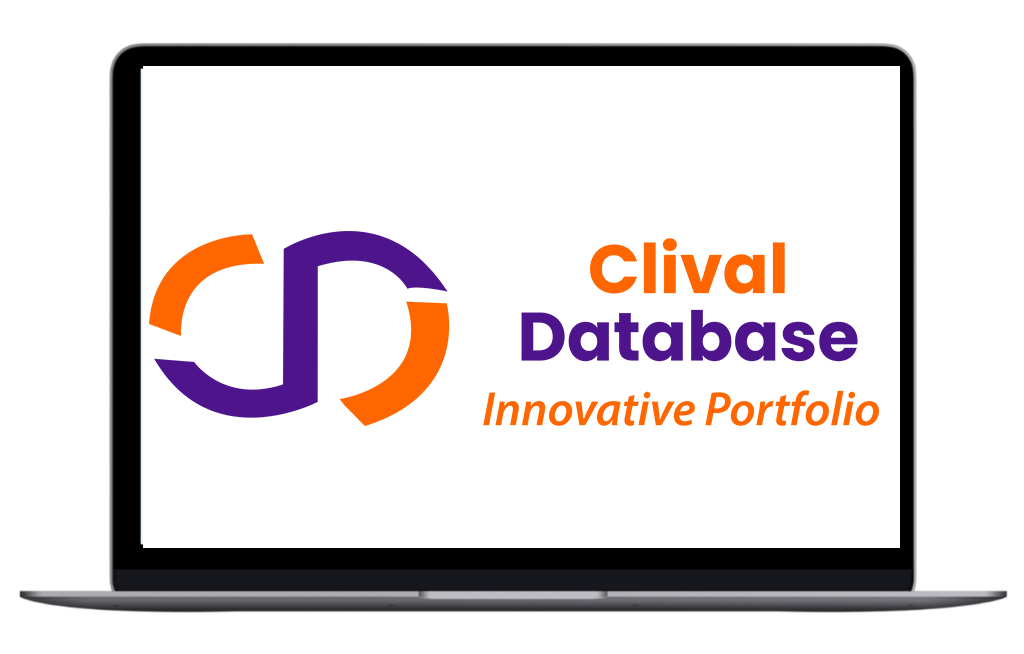Amgen Was Believed for Its Obesity Pipeline
Amgen pumps up rare disease drugs, but obesity is top of mind for some analysts
Overview
Amgen's investor event Thursday was intended to highlight the potential of its rare disease portfolio, but Mizuho analysts found details from the meeting to be "only incrementally positive." Instead, they believe its obesity pipeline – where the company recently gave an early glimpse at its AMG 133 candidate – ""is still the more important story for 2024.""
About AMG 133
- AMG 133, also known as maridebart cafraglutide, is a bispecific antibody that activates GLP-1 and inhibits GIP.
- Earlier this month, results from a small, early-stage study published in Nature Metabolism showed that patients given a monthly injection of the drug lost up to 14.5% of their body weight in 12 weeks.
- Some people kept the weight off for up to 150 days after stopping the drug.
Rare Disease Drugs
The company didn't discuss AMG 133 on Thursday and instead focused on a pair of rare disease therapies – Tepezza (teprotumumab) for thyroid eye disease and Krystexxa (pegloticase) for gout – that it acquired through its $27.8-billion takeout of Horizon Therapeutics, while also spotlighting some clinical-stage pipeline assets.
Plenty of Room for More Uptake
- Expanding Tepezza internationally seems important for Amgen's growth, Mizuho analysts noted. In the US, reaching patients with low clinical activity scores and developing a subcutaneous form of the drug, where a pivotal Phase III programme is set to get underway in the first half, are expected to help it grow.
- Outside the country, Amgen said Japan and Europe are high-priority markets; it plans to file for approval in the latter country in the first half of 2024 and to launch in the former next year.
- According to Barclays analysts, Amgen struck an overall positive tone by highlighting the ""high level [of] addressable patients"" across its rare disease portfolio.
- The company estimates there are about 100,000 potential patients in the US who could benefit from Tepezza, but only a small percentage of them are using it at the moment.
- A similar story plays out for Krystexxa; although there are over 100,000 potential patients, Amgen pegs current uptake at only around 6000.
- Present and future studies
- The pharma also emphasised three other programmes it expects will be key growth drivers: the CD40 antagonist dazodalibep, which recently entered Phase III for Sjögren's disease; the anti-ILT7 lupus candidate daxdilimab; and the LPA1 antagonist fipaxalparant.
- Amgen currently has a pair of Phase II studies evaluating fipaxalparant for idiopathic pulmonary fibrosis and systemic sclerosis.
- A readout from the first of these studies is due in the second half.

Optimize Your trial insights with Clival Database.
Are you exhausted from the uncertainty of trial insights pricing? Clival Database ensures the clarity in the midst of the global scenario for clinical trials to you.Clival Database is one of the best databases that offers an outstanding number of clinical trial data in terms of 50,000+ molecules and from primary regulatory markets as well as new entrants like Indian and Chinese markets.
With Clival, you get accurate positioning of historical sales data, patent database, company profiling, safety & efficacy, and prediction of launch of new innovative molecules helping you to align your research and driving down the cost.
To add value, we further break down our analytics for you so that improving your operational effectiveness; optimizing your clinical trials; and offering you accurate and high-quality data at lowest possible prices becomes possible.
Elevate your trial success rate with the cutting-edge insights from Clival database.
Check it out today and make more informed sourcing decisions! Learn More!







